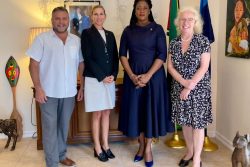For as long as I could remember, I was always uncomfortable with my frizzy, curly hair. I remember rarely seeing models in the magazines with hair like mine when I was a little girl and I was too often made to feel that my hair was inappropriate for day-to-day looks.
 From the media and influences I was surrounded by, I felt I had to constantly work to fit into world’s concept of beauty. This made me feel as if my curls were inferior and almost never good for any occasion. I combed my hair neatly, sometimes plastering it with too much gel to curb its ‘unruly’ look. I always wanted to fit in as a child. You see, I was raised in a time that was stereotypical and judgemental where hair was concerned. A time in which people, particularly young people, were afraid to embrace their blackness and cultural identity. It was a time too when society did not teach us to embrace our blackness; conversations about slavery and oppression were difficult ones to have – they still are.
From the media and influences I was surrounded by, I felt I had to constantly work to fit into world’s concept of beauty. This made me feel as if my curls were inferior and almost never good for any occasion. I combed my hair neatly, sometimes plastering it with too much gel to curb its ‘unruly’ look. I always wanted to fit in as a child. You see, I was raised in a time that was stereotypical and judgemental where hair was concerned. A time in which people, particularly young people, were afraid to embrace their blackness and cultural identity. It was a time too when society did not teach us to embrace our blackness; conversations about slavery and oppression were difficult ones to have – they still are.
I was too young and naïve to realize the potential damage I was inflicting upon myself not only from a physical perspective but mentally as well. I grew frustrated with myself. The only time I felt beautiful was when my hair was silky smooth. It didn’t matter if the straight hair didn’t suit my outfit styling, I wore it because it made people comfortable.
This is what delving into and worshipping fashion magazines can do for young girls who haven’t been properly guided. It can leave vulnerable young women feeling like they have no place as very often they would hardly see anyone who looks like them.
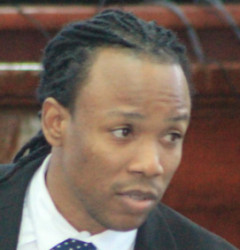
A few weeks back, as many of you know, I visited Trinidad to review Night Women. Meiling’s 2016 collection that elegantly delivered. For the most part, the black models wore their hair styled in its natural state, which is perfectly acceptable today, given the current natural hair revolution.
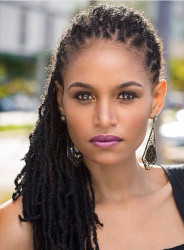
What the proponents of the go-natural revolution have done is help women like me, who had not fully understood the damage colonization had done to us, finally see the light. Today in magazines, on catwalks, and online, I see people like myself. I see models bringing elegance to what was formerly seen as wayward unpopular hairstyles. I can’t possibly explain the level of security that gives me.
There are other role models and sources of influence closer to home. A few months back I read an article about Member of Parliament Jermaine Figueira, the picture attached showed him handsomely owning his neat bundle of dreads. He is possibly Guyana’s first dreadlocked Parliamentarian, which is quite revolutionary. We have previously only embraced dreadlocked musicians and other creative artists.
Another stellar example is Dr Sanneta Myrie the current Miss Jamaica World, whose beautiful dreads make her stand out in a competition steeped in tradition. I think people like her and her compatriot Zahra Redwood, a Rastafarian with waist-length dreadlocks who represented Jamaica at the Miss Universe pageant some years ago, have to be given credit for challenging the western concept of beauty and banishing the idea that we are only beautiful when we all look alike.
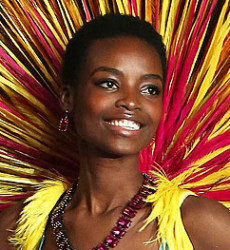
I just wish that I had surrounded myself with less identity damaging media when I was younger. I wish I could have seen more people I could look up to being themselves. In a world that often tells
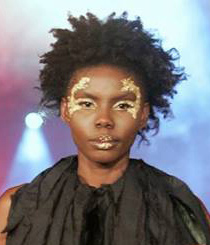
us to adapt and follow the status quo to be successful, it is refreshing to see that we have brave souls ready and up to the challenge of embracing themselves.

